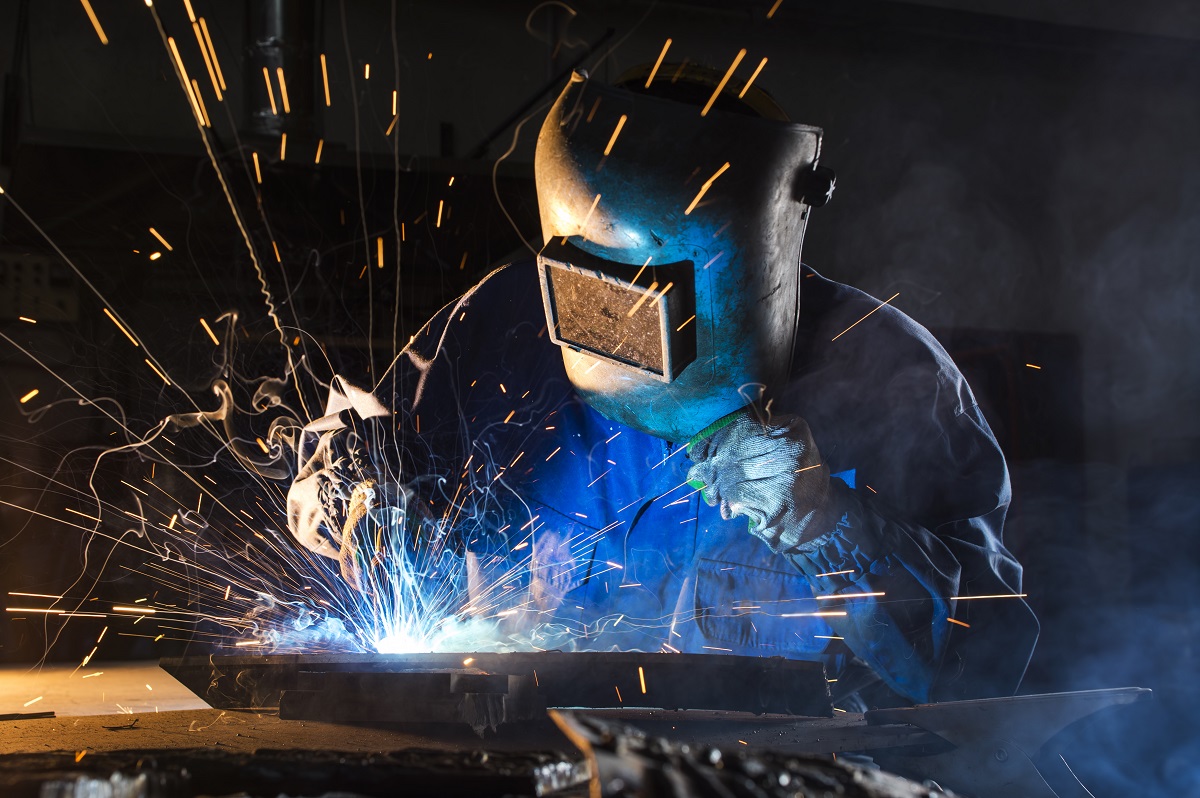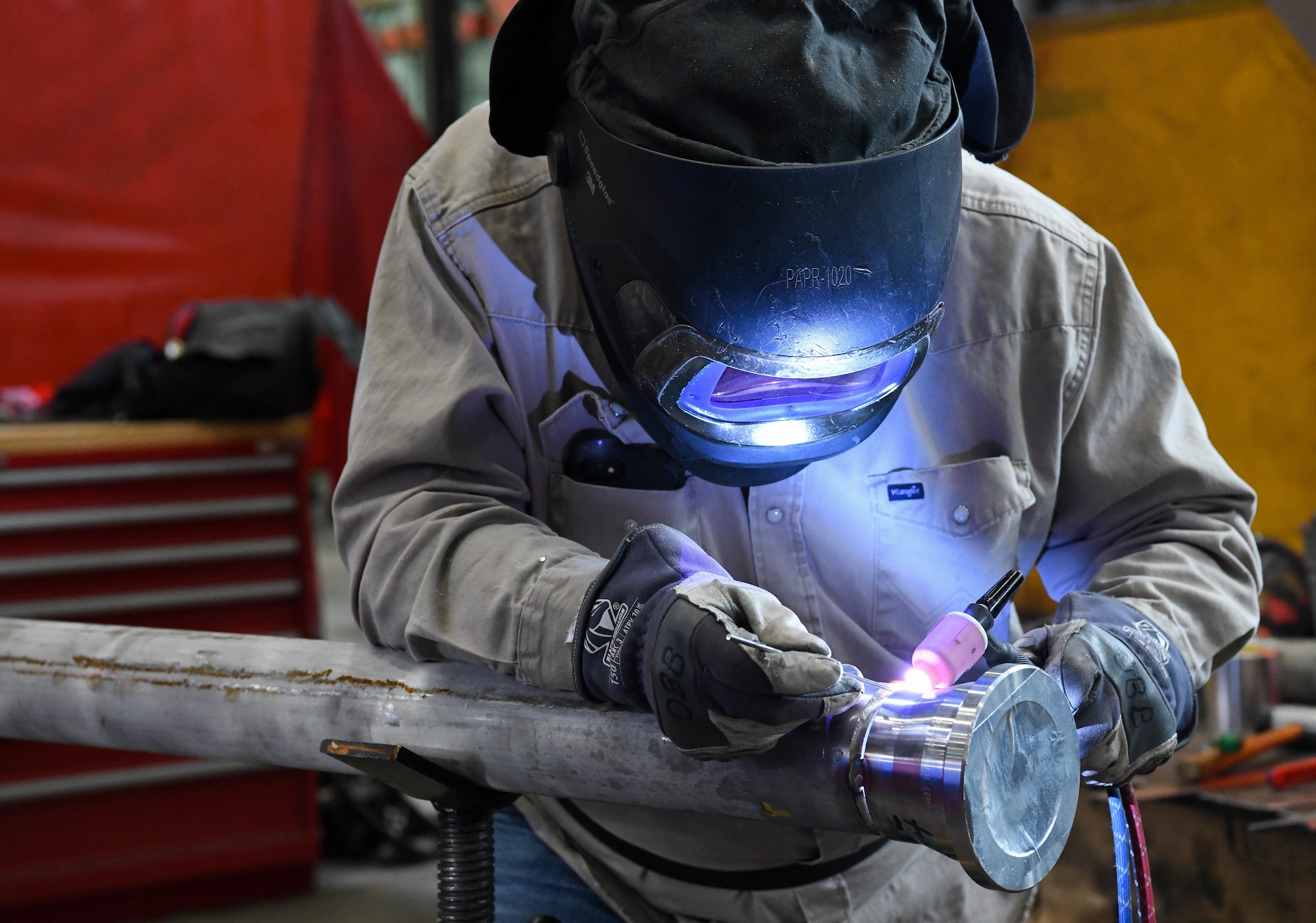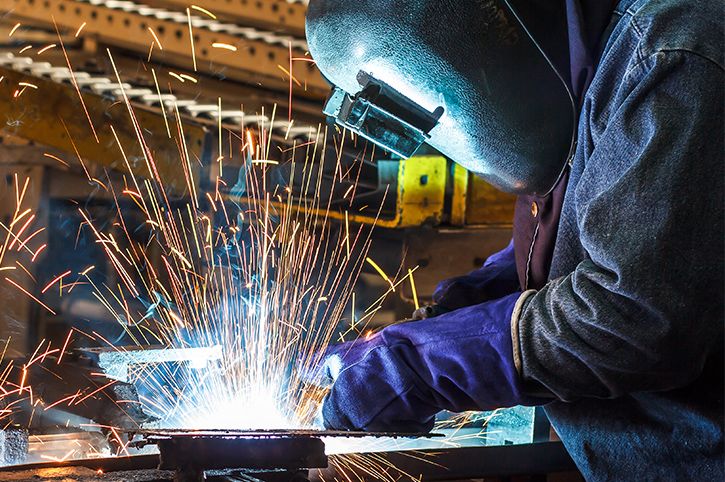Usual Welding Repair Service Issues and Just How to Address Them Effectively
Welding repair work commonly run into a range of concerns that can threaten the integrity of the end product. Typical problems consist of inadequate infiltration, porosity, and imbalance, among others. Each defect provides special obstacles that need particular strategies for resolution. Comprehending these issues is important for welders aiming to improve their abilities and end results. This discussion will certainly discover these common welding fixing problems and efficient techniques to address them.
Poor Penetration
Inadequate penetration occurs when the weld metal stops working to totally fuse with the base material, causing weak joints and potential structural failures. This problem typically comes from insufficient heat input, wrong electrode angle, or improper welding speed. Welders may experience poor penetration because of a mistake of the required parameters for a particular material thickness or type. In addition, contamination on the base material's surface can impede effective bonding, intensifying the problem. To attend to inadequate penetration, welders ought to ensure proper settings on their devices and keep a clean work surface area. Regular assessment of welds is advised to identify any type of deficiencies early, enabling prompt improvements and the avoidance of endangered structural stability in bonded assemblies.
Porosity
Porosity is a typical issue in welded joints that materializes as little gas bubbles caught within the weld metal. This defect can compromise the honesty of the weld, bring about decreased toughness and potential failing under stress. Welding. Porosity generally occurs from contamination, moisture, or incorrect welding strategies, which allow gases to escape right into the molten weld swimming pool. To address porosity, welders must assure proper surface area prep work, keep a tidy workplace, and make use of ideal welding specifications. In addition, choosing the ideal filler product and securing gas can alleviate gas entrapment. Regular assessment and screening of welds can assist identify porosity early, assuring prompt restorative activities are taken, consequently protecting the top quality and reliability of the welded framework
Imbalance
Imbalance in welding can develop from different aspects, consisting of incorrect arrangement and thermal growth. Understanding the origin is crucial for reliable resolution. Several correction methods are available to straighten components and guarantee structural stability.
Sources of Imbalance
Welding misalignment usually stems from a range of underlying issues that can compromise architectural stability. One primary reason is incorrect fit-up of components before welding, which can cause voids and irregular surface areas. Variations in thermal development during the welding process can also lead to distortion, specifically if the products being joined have various coefficients of growth. Additionally, poor securing and fixturing might stop working to hold components firmly in location, causing movement throughout welding. Improperly kept equipment, including welding equipments and tools, might introduce incongruities in the weld bead, more adding to imbalance. Operator mistake, stemming from insufficient training or experience, can likewise play a significant function in developing misaligned welds.

Modification Methods Offered
Attending to misalignment successfully calls for a mix of corrective methods customized to the certain issues available. One common approach is the use of jigs or fixtures to hold elements in the proper position throughout welding, guaranteeing consistent alignment. Furthermore, preheating the products can assist reduce distortion and boost fit-up. For substantial imbalance, mechanical realignment techniques, such as using hydraulic jacks or clamps, can be employed to remedy the position prior to welding. Post-weld warm treatment may additionally be essential to relieve stress and anxieties caused by misalignment. Lastly, careful assessment and adjustment throughout the configuration phase can prevent imbalance issues from coming to be considerable troubles, advertising a smoother welding process and improving overall architectural integrity.
Distortion
Distortion is a typical difficulty in welding that can occur from numerous variables, including unequal heating and air conditioning. Recognizing the root causes of distortion is important for applying effective avoidance methods. Resolving this concern not only improves structural stability however likewise improves the general top quality of the weld.
Sources of Distortion
When subjected to the intense warm of welding, products often go through changes that can lead to distortion. This phenomenon largely emerges from thermal growth and contraction throughout the welding procedure. As the weld location heats up, the material expands; upon air conditioning, it gets, which can create internal anxieties. Additionally, irregular home heating throughout a work surface can worsen these stress and anxieties, leading to warping or bending. The type of product additionally plays a significant duty; steels with varying thermal conductivity and coefficients of growth may respond in different ways, causing unpredictable distortions. Additionally, bad joint style and poor fixturing can add to misalignment during welding, raising the likelihood of distortion. Comprehending these seal weld causes is crucial for reliable welding repair work and prevention approaches.
Avoidance Techniques
Effective avoidance techniques for distortion during welding emphasis on controlling warmth input and making certain appropriate joint layout. Preserving a regular warmth input assists to minimize thermal development and contraction, which can bring about distortion. Utilizing strategies such as preheating the workpiece can likewise reduce the temperature level slope, promoting uniform home heating. Additionally, choosing suitable joint layouts, such as T-joints or lap joints, can enhance security and reduce tension focus. Carrying out appropriate fixturing to secure the work surfaces in location better aids in preserving alignment throughout the welding procedure. Staggered welding sequences can distribute warmth much more evenly, avoiding local distortion. By using these methods, welders can greatly reduce the probability of distortion and improve the general quality of their welds.
Fracturing
Cracking is a common issue encountered in welding fixings, typically arising from various aspects such as inappropriate cooling rates, material option, or inadequate joint preparation. The occurrence of fractures can greatly jeopardize the stability of the weld, leading to potential failures during operation. To address this problem, welders need to initially analyze the origin, ensuring that materials work and appropriately picked for the certain application. In addition, managing the cooling rate during the welding procedure is vital; rapid air conditioning can generate tension and lead to cracking. Correct joint design and prep work additionally contribute to reducing the risk. Implementing these strategies can boost weld top quality and sturdiness, eventually reducing the chance of fracturing in ended up weldments.

Incomplete Blend
A considerable issue in welding fixings is incomplete blend, which occurs when the weld metal does not properly bond with the base product or previous weld passes - Fabrication. This problem can bring about weaknesses in the joint, potentially endangering the integrity of the welded framework. Elements adding to incomplete blend include not enough warmth input, incorrect welding strategy, and contamination of the surface areas being signed up with. To resolve this concern efficiently, welders need to guarantee proper pre-weld cleaning and surface preparation, in addition to readjust their welding criteria to attain sufficient infiltration and fusion. Regular assessment throughout the welding procedure can additionally aid recognize incomplete blend early, enabling for timely corrective procedures to boost the total top quality of the weld
Overheating
While welding repairs can improve architectural honesty, overheating offers a substantial difficulty that can cause product deterioration. Excessive heat during welding can alter the mechanical buildings of metals, resulting in reduced strength, raised brittleness, and warping. This phenomenon is particularly essential in high-stress applications where architectural integrity click this link is vital. Determining overheating can involve visual evaluations for staining or distortion, along with keeping track of temperature during the welding procedure. To minimize the threats connected with overheating, welders ought to utilize suitable techniques, such as managing warmth input, changing traveling speed, and making use of ideal filler materials. Additionally, implementing pre- and post-weld warmth therapies can assist bring back product properties and boost the total top quality of the fixing, making certain long-term efficiency and safety and security.
Often Asked Questions
What Are the Usual Indications of a Welding Flaw?

Exactly How Can I Evaluate My Welds for High quality?
To test welds for quality, one can utilize aesthetic inspections, ultrasonic testing, and radiographic methods. Each method guarantees structural integrity, identifies problems, and confirms adherence to specified standards, ultimately enhancing the dependability of the bonded joints.
What Security Safety Measures Should I Take While Welding?
When welding, one need to prioritize safety by wearing appropriate personal protective tools, making sure appropriate ventilation, protecting flammable products away, maintaining a clean office, and understanding surroundings to stop accidents and injuries.
Can I Fix a Weld Without Remodeling the Entire Joint?
Fixing a weld without redoing the entire joint is feasible, relying on the damages (Welding). Methods such as grinding, including filler product, or utilizing a welding procedure can efficiently resolve certain problems while preserving the bordering structure
What Devices Are Vital for Effective Welding Fixes?
Necessary tools for reliable welding repair work consist of a welding maker, wire brush, grinder, safety equipment, clamps, and filler products. Each device plays a vital duty in making sure top quality and safety throughout the repair service procedure. Porosity typically develops from contamination, dampness, or inappropriate welding strategies, which enable gases to run away into the molten weld pool. Poorly kept tools, consisting of welding devices and devices, may introduce inconsistencies in the weld grain, more contributing to misalignment. When subjected to the extreme warmth of welding, products commonly undergo modifications that can lead to distortion. Fracturing is a common issue experienced in welding fixings, frequently resulting from different aspects such as incorrect air conditioning rates, material option, or poor joint prep work. A substantial issue in welding repair work is incomplete fusion, which occurs when the weld steel does not adequately bond with the base material or previous weld passes.